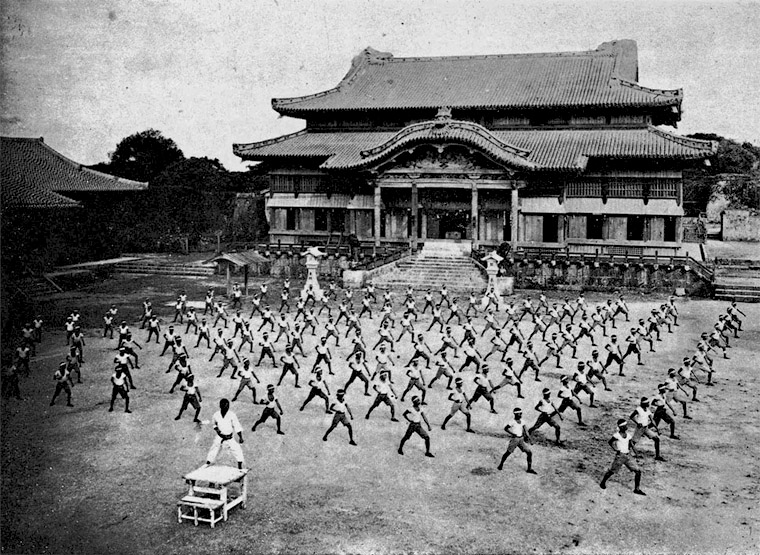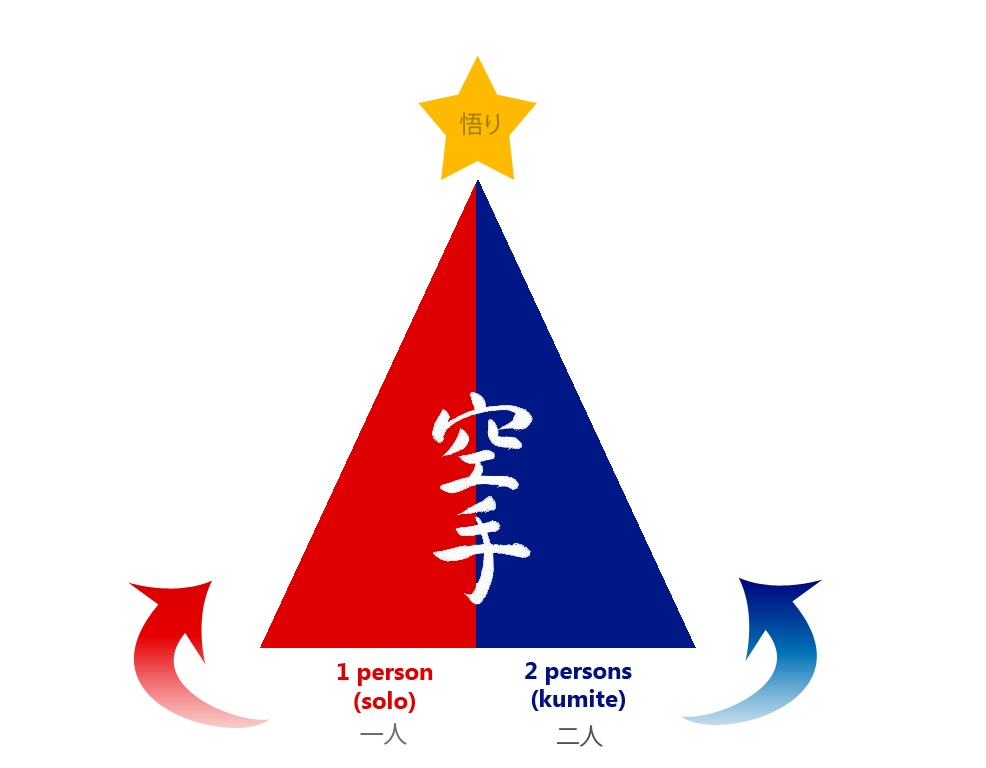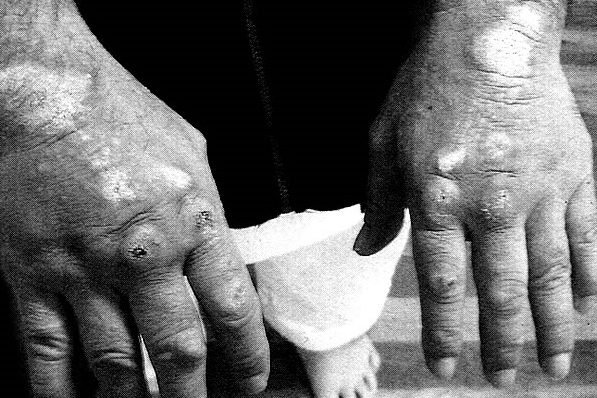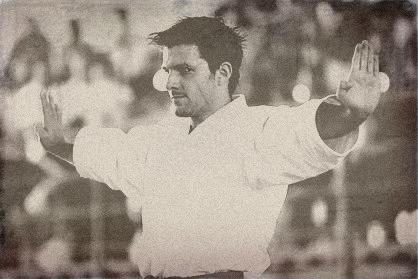I like studying languages.
But, sometimes the human need for formulating/reducing things to a system just becomes too much! Especially in the study of such complex things as languages.
Take this explanation of the African language of ‘dhuolo’ as an example:
“Dholuo is a tonal language, both lexical tone and grammatical tone, e.g., in the formation of passive verbs. It has vowel harmony by ATR status: the vowels in a noncompound word must be either all [+ATR] or all [-ATR]. The ATR harmony requirement extends to the semivowels /w, y/ and vowel length is contrastive.”
Explain the above definition to a native African speaker of dhuolo, and she will probably have no idea what you’re talking about!
Because, even though systematization is great, there is a limit. It can’t be applied haphazardly to any and everything in unlimited amounts if it is to keep it’s strengths. The goal of systematizing stuff must always be to make stuff easier to comprehend (by bringing in order and borders), never harder.
However, finding this point – this limit – and not crossing it, is something not everyone succeeds with… You really need to know your target audience (their level, skills, goals, methods etc) for systematization to be truly effective.
This is the danger of systematization.
In our quest for simple, we sometimes create chaos.
But, as people much smarter than me have figured out, everything in universe is headed for chaos anyway. So don’t sweat it.
Okay, metaphysics aside, that’s not what I really wanted to tell you. All of this is just an elaborate intro. What I really want to show you in this article is the system of Karate that I practise. I believe that it is very important to have a system, with clear cut goals and methods, if you want to progress in your chosen field (unless you’re a fan of fuzzy logic).
And your chosen field of study is Karate.
Or else you wouldn’t be here.
(Right?)
But, truth be told, in most older Karate systems (stemming from Okinawa) there is no – or very little – systematization going on. Traditional methods, yes, but methodically researched comprehensive systems, no.
Staying true to the Nike approach (“Just do it”), the closest thing to a system in Okinawan Karate is probably the simplifying and codifying process that legendary Karate pioneer Itosu Anko commenced during the late 1800’s/early 1900’s, which has lived on pretty much unaltered ’til today.

In some modern styles/interpretations of Karate however, the case is different.
Using mostly Western definitions and models of thought, some prominent authorities of today have taken it upon themselves to systematize and bring order into this scattered Okinawan/Japanese art of Karate, trying to mold something consistent out of it’s many shapes.
A few of these modern, pragmatic, systems have turned out good (or even super good!) while others have either fallen into the trap of over-systematization (to the point of being brutally ineffective) or just too simple and shallow (with the same inefficiency as result).
Like I said, it’s a thin line.
And it’s all very sad, because the concept of taking traditional, time-honored, proven values and methods – combining them with modern science and principles – is a winner! Cross-cultural or not. Actually, I can think of no better base for a system, whether for martial arts, literature, music or any other vast (both in depth and breadth) field of study.
On-Ko-Chi-Shin y’all!
So, with that being said, I thought I would present my system of Karate for you (“my” in the sense that I practise is, not that I created it).
We call it Karate-jutsu though, for reasons that will be obvious in just a minute. It’s very different from what other people practise, and in fact, I bet most people wouldn’t even call it Karate if they saw our regular classes. More like “pugilistic ju-jutsu” (remember where you heard it first!) or something similar. That’s why we have the ‘jutsu’ at the end.
It’s very far away from your average cookie cutter Karate-do.
But that just makes it even more interesting.
Anyway, my hope is that you get some ideas for your own system, style, method or dojo by the following insight into “my” system. The presentation I’m about to give you is mostly reserved for advanced Karate enthusiasts (since low/mid-level practitioners tend to not see the forest for the trees) and is originally a PowerPoint project, but using my graciously unequaled copy-and-paste skills I’ve converted it into convenient blogging format just for you.
Ready?
Let’s begin. I’ll try to keep it simple:
The first thing we ask ourselves is, “What is Karate?” This question is paramount if we are to understand the system, since it determines the outcome of our training.
To us, Karate is first and foremost the art of self-defense (as well as an extremely addictive exotic hobby). Hence, the system is supposed to produce ultimate, all-encompassing self-defense skills, but that doesn’t mean Karate-jutsu isn’t great for conditioning, weight loss, sport, fitness, health, business, social activity or whatever else your idea might be.
A hammer can be used for a lot of things, but it’s made for driving in nails with, right?
In other words, this system is optimated for self-defense (which was the original intent of Karate anyway).
And a quick reminder for those who don’t know the difference between -jutsu (practical skill) and -do (way/path), here’s a priority list (created by Westeners, not sure Japanese people would agree since they don’t really care):
-DO
- Moral
- Discipline
- Estheticism
- Combat
-JUTSU
- Combat
- Discipline
- Moral
- Estheticism
If practised to their full extent, properly, they will both achieve the same goal ultimately.
It’s just two approaches.
Now that we’ve got some ground rules down, let’s look at the first picture I want to show you (in a series):
 Hold on – before you get any ideas, no, this is not some kind of pyramid conspiracy theory à la Dan Brown/Illuminati/The Freemasons/KARATEbyJesse’s Elitist Rebellic Anti-WKF Underground Separist Organiz… BACK UP! You were NOT supposed to see that right there! Let’s just say that this is simply how I depict our system! OK? GOT IT? GOOD.
Hold on – before you get any ideas, no, this is not some kind of pyramid conspiracy theory à la Dan Brown/Illuminati/The Freemasons/KARATEbyJesse’s Elitist Rebellic Anti-WKF Underground Separist Organiz… BACK UP! You were NOT supposed to see that right there! Let’s just say that this is simply how I depict our system! OK? GOT IT? GOOD.
So, this very non-government-overthrowing pyramid is a symbolic image of our Karate system.
In the center you see the Japanese kanji for “KARATE” written (just for fun), and at the top you see a bright star, which has absolute no other meaning than “goal”. The star is the goal of the system, and it is located at the top. Simple as that. Really.
No other meaning whatsoever…
Hehe.
Here’s the next step:
As you see now, the pyramid is actually to be ascended from two directions simultaneously, as your training progresses. Left and right.
I’ve made them red and blue for pedagogical purposes.
The star at the top (which now has the word satori [enlightenment] written in it for some reason) is reached by using solo exercises (left/red side) and two-person excercises (right/blue side). I’ve written the Japanese characters for this in grey, as you see. More details will follow.
Both sides of the Karate-jutsu pyramid must always be ascended at the same time.
Or else the Super Mario star at the top can’t be cracked open.
Got it so far?
Great.
To be very much continued in part two.
9/11 was an inside job.




11 Comments